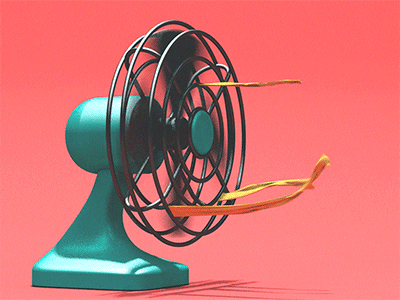Fans can be of various types, such as ceiling fans, desk fans, pedestal fans, tower fans, and handheld fans. Each type of fan is designed to circulate air in its specific way, but the fundamental principle remains the same – moving air cools the body through the process of evaporation.
When a fan is turned on, it creates a flow of air that helps in two ways:
Convective Cooling: The moving air helps to disperse the heat around the body, carrying away the heat that builds up in the immediate vicinity.
Evaporative Cooling: As mentioned earlier, the moving air increases the rate of evaporation of sweat from the skin, which leads to a cooling effect.
It's important to note that fans don't actually lower the ambient temperature in a room; they simply create a cooling sensation for people present in the airflow. In hot weather, using a fan in combination with proper ventilation can make a significant difference in comfort levels, especially when air conditioning may not be available or feasible.
Remember that while fans are effective at providing personal comfort in warm conditions, they may not be as effective in extremely high temperatures or in situations where humidity is very high. In those cases, additional cooling methods like air conditioning or seeking shade and cooler environments are more appropriate.


No comments:
Post a Comment